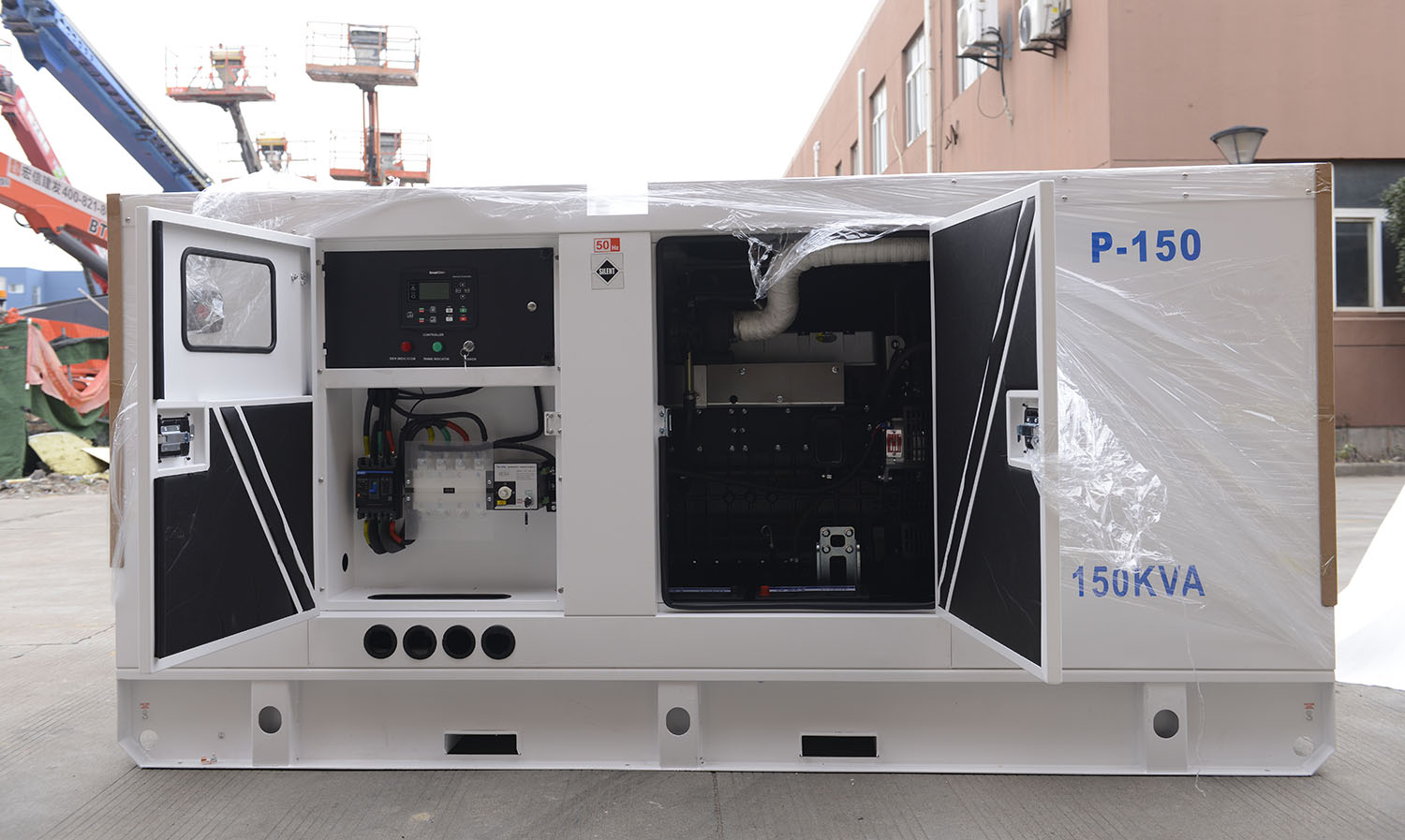
The role of sensors in diesel generators is to monitor various parameters and conditions and provide key information for the operation, control and protection of the generator. The following are the key roles and functions of sensors in diesel generators:
1. Monitor engine performance: Sensors measure parameters such as coolant temperature, oil pressure, exhaust gas temperature and vibration levels, providing valuable data for monitoring engine performance and operating efficiency.
2. Safety and protection: Sensors play a vital role in ensuring the safe operation of the generator set. They monitor parameters such as oil pressure, coolant level, battery voltage and fuel level and trigger an alarm or shutdown if certain values exceed safe limits, thus protecting the engine from damage.
3. Control and Regulation: Sensors help control and regulate the output of the generator. They monitor parameters such as voltage, current, frequency and power factor, allowing the generator controller to adjust output to maintain a stable and reliable power supply.
4. Diagnosis and maintenance: Sensors provide data that can help diagnose problems and perform maintenance tasks. They can identify potential issues, anomalies or errors, making it easier to troubleshoot and resolve any needed repairs or maintenance issues.
The number of sensors in a diesel generator can vary depending on factors such as generator size, complexity and intended application. Smaller portable generators may have a limited number of sensors, often monitoring key parameters such as oil pressure and engine temperature. Larger industrial generators often have more extensive sensor systems that monitor a variety of parameters, including those previously mentioned. These generators may have dozens or even more sensors, enabling comprehensive monitoring and control of the generator’s performance. Some common sensors include:
1. Coolant temperature sensor: This sensor measures the temperature of the engine coolant. It helps monitor engine temperature and prevent overheating.
2. Oil pressure sensor: The oil pressure sensor detects the pressure of lubricating oil in the engine. It ensures that proper oil pressure is maintained for effective lubrication, protecting the engine from damage.
3. Fuel level sensor: The fuel level sensor measures the amount of fuel in the generator fuel tank. It provides information about fuel level to prevent running out of fuel during operation.
4. Battery Voltage Sensor: The battery voltage sensor monitors the voltage level of the generator battery. It helps verify the condition of the battery and prevent problems related to low battery voltage.
5. RPM Sensor: The RPM (revolutions per minute) sensor measures the engine’s rotational speed. It provides information about the engine speed and helps monitor and control the generator output frequency.
6. Exhaust gas temperature sensor: This sensor measures the temperature of the exhaust gases discharged from the generator. It helps monitor your engine’s performance and ensure it is operating within a safe temperature range.
7. Voltage and current sensors: Voltage and current sensors measure the voltage and current levels produced by the generator. They provide information about the generator’s output parameters and help monitor its electrical performance.
These are just a few examples of sensors commonly found in diesel generators. Depending on the make, model and complexity of the generator, there may be additional sensors monitoring other parameters such as air flow, coolant level, vibration, phase voltage and frequency, etc. Sensors play a key role in maintaining generator performance, efficiency and safety.
